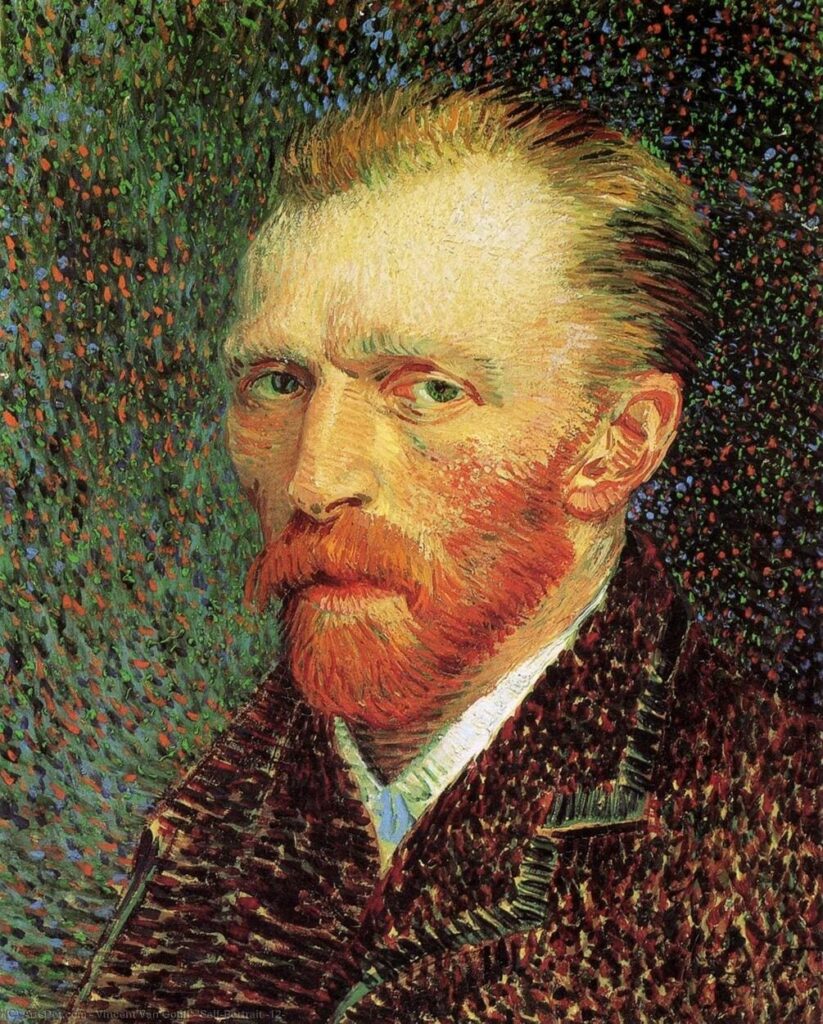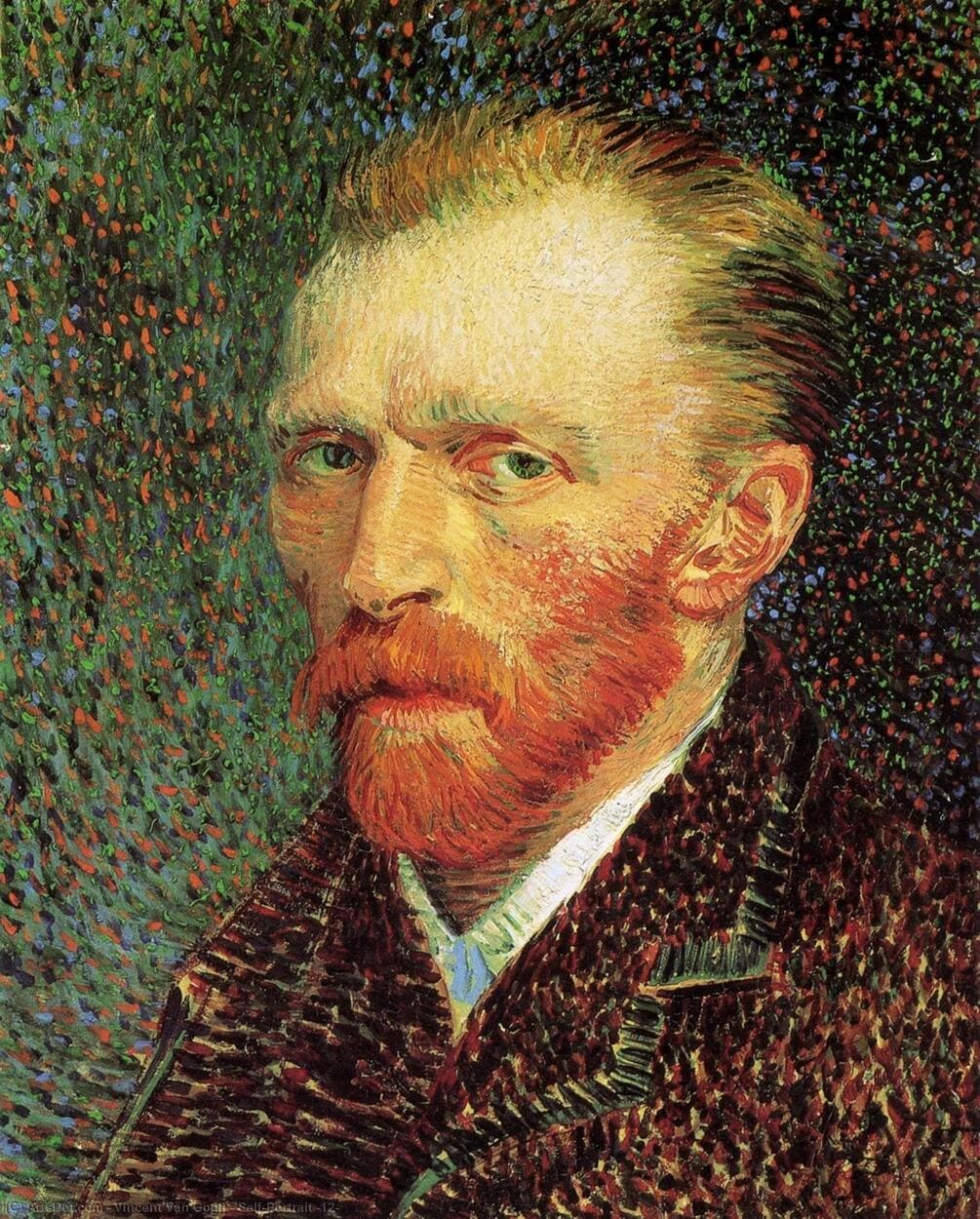Vincent Van Gogh and his relationship with Pointillism

Pointillism is a pictorial technique whose main characteristic is the use of color dots that, strategically arranged on the canvas, create a figure or landscape totally recognizable by the human eye, when observed at a certain distance.
This technique is halfway between the world of science and artistic creativity. Not in vain, its origins take us back to a series of scientific studies in which it was demonstrated how colors, when joined in small particles, create a luminous vibration that the human eye turns into real figures.
The beginning of Pointillism and the relationship with Vincent Van Gogh
To know the first artistic manifestations of Pointillism, we have to place ourselves in Paris of 1884. A group of young painters, led by the French Georges Seurat, create a new artistic movement called Neo-Impressionism. This group of enthusiastic artists began to investigate new pictorial techniques in order to open their imaginative capacity towards new techniques. This is how Seurat begins to create his first works from Pointillism.
Vincent Van Gogh and his Pointillist Paintings
Although we know that the initiator of this technique was Georges Seurat, many artists of the time wanted to use this unique way to express their creativity. One of them was Vincent Van Gogh who found in Seurat the master he needed to expand his knowledge, perfect his technique, and try new modes of expression.
However, his eternal nonconformity led him to try so many varied techniques, shades, and unsuspected forms, that perhaps pointillism remained among his less representative stages. However, it served as an important creative basis for later carrying out other artistic fusions.
Vincent Van Gogh, a life full of lights and shadows.
He was born in a small town in the Netherlands and from a young age began to show his great skills for painting. Although he never stopped drawing, his religious obligations, as a Protestant pastor, led him to abandon it for a good time. However, taking advantage of his new destination in Belgium, he enrolled in the Academy of Fine Arts in Brussels. But it would be on his arrival in France when all his work began to gain the importance it deserved.
After a tortuous life, full of scarcities, illness, although prolific in his artistic expression, he died violently in a city near Paris when he was only 37 years old.
Artistic Evolution
His early works, those that he made in his native Holland or when he was assigned to Belgium, highlight that unique mix of light and shadow, in which the artist wanted to capture the misery, poverty, and suffering he saw around him and that, in turn, tormented him so much.
However, when he arrived in Paris, and thanks to the influence of the new breakthrough techniques and styles that were being created in the capital of art, Van Gogh began to illuminate his paintings, using more color, employing short brush strokes that give a sense of energy and movement.
His first step was to come into contact with the Impressionists. He met Seurat and Signac during this period, adopting the technique of Pointillism from them. From there, such interesting works as: Starry Night, Olive Trees with Yellow Sky and Sun, and his Self-Portrait of 1887 were born. The most notable difference, with the pure Pointillists, is that Van Gogh uses small lines instead of dots, although the technique is the same, it gives a greater sense of movement.
Once he mastered the technique, and always in an anxious desire for improvement, he entered the Post-Impressionist movement, being, undoubtedly, its maximum representative. Already in the last decades of the 19th century, Van Gogh’s work has clear Expressionist influences.
Pictorial Legacy of a Genius
Although during his short life he was not allowed to subsist from his artistic work, Van Gogh has become one of the most influential painters of the 20th and 21st centuries.
Despite having to battle a terrible mental illness, the Dutchman’s pictorial production was impressive. According to data, he made about 1600 drawings and 900 paintings, of which 27 are self-portraits.
Currently, his works are exhibited worldwide in the best museums and galleries. Many of these works are housed in the museum named after him, in Amsterdam, which was inaugurated in 1973. But we can also enjoy them at the Metropolitan Museum of Art in New York, the National Gallery of Art in London, Kröller-Müller Museum, in Otterlo Netherlands, or the Musée D’Orsay in Paris.

